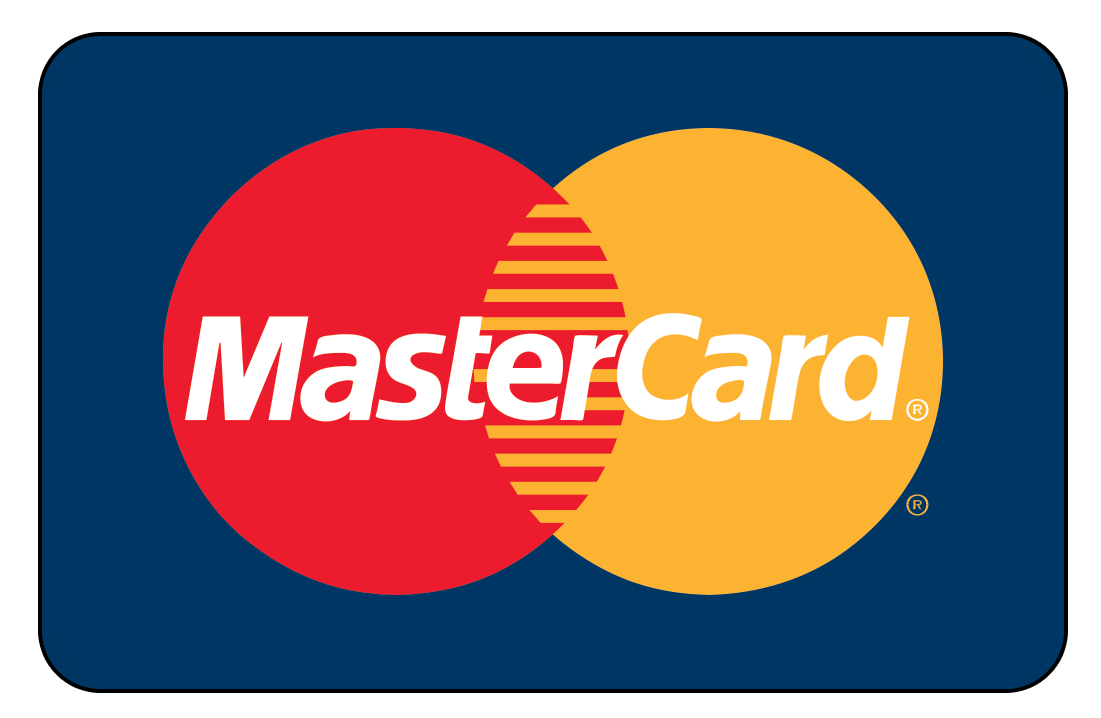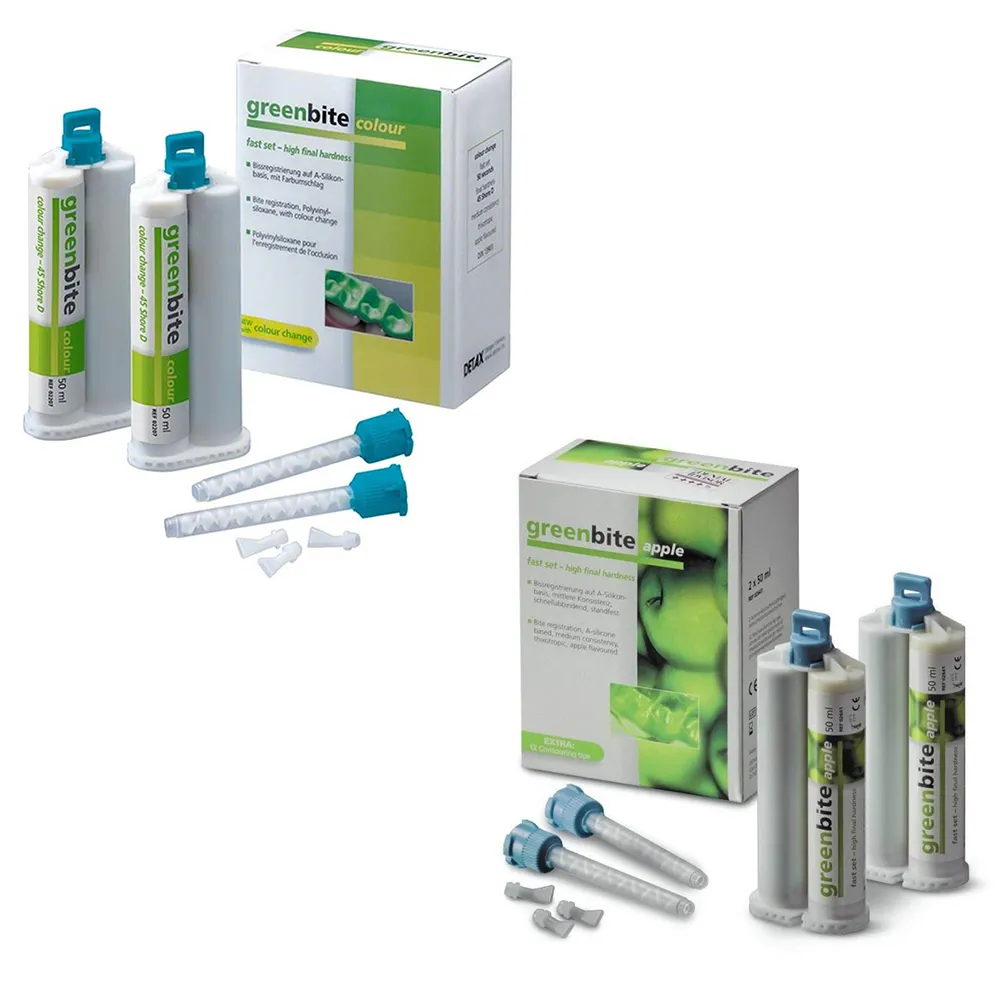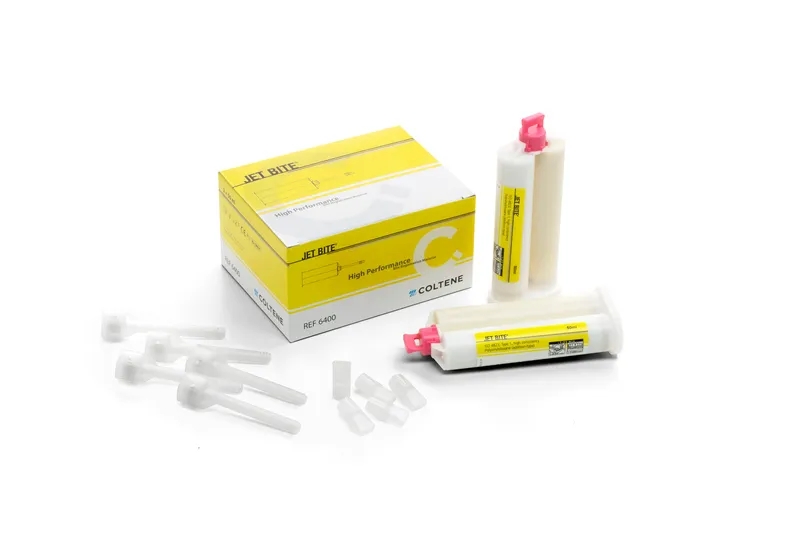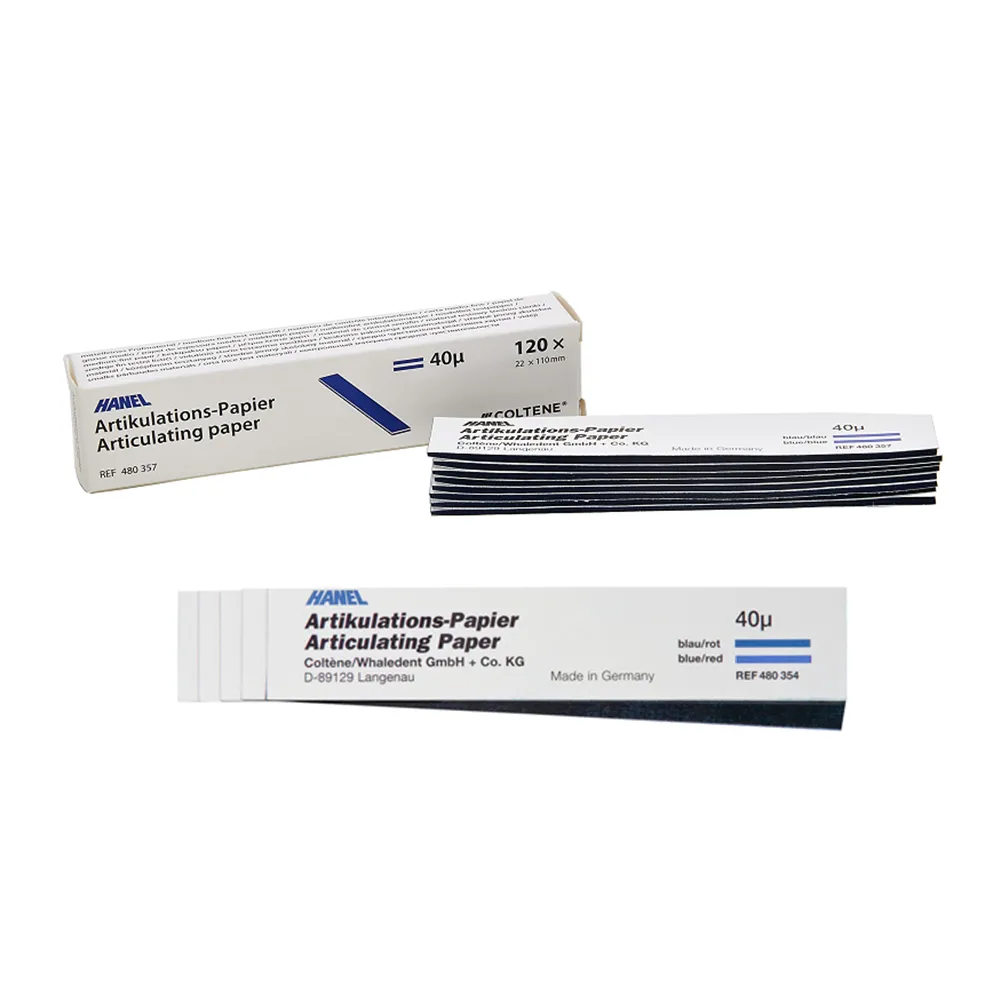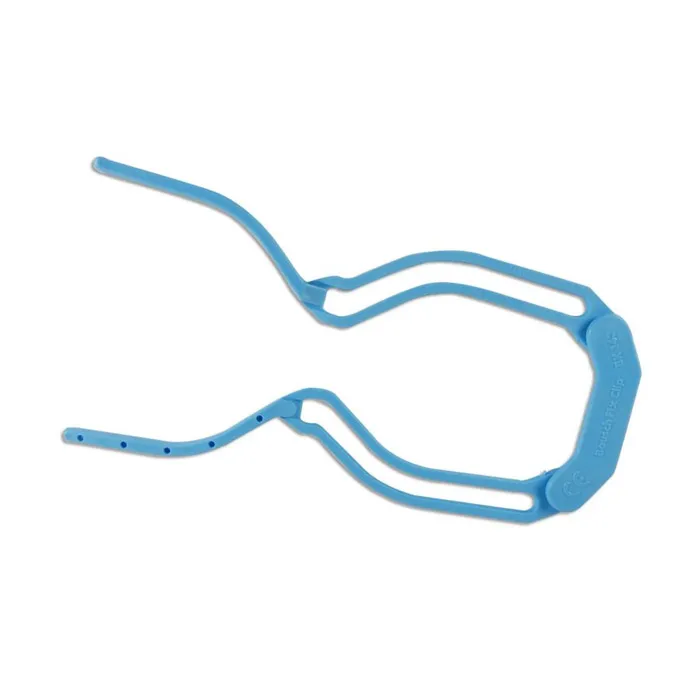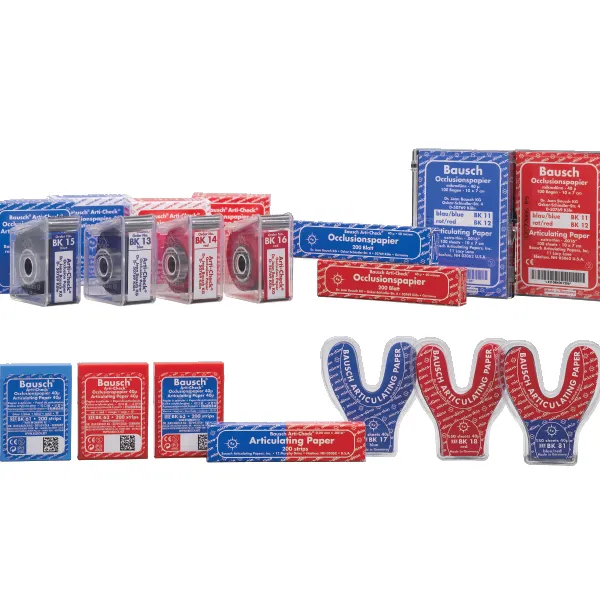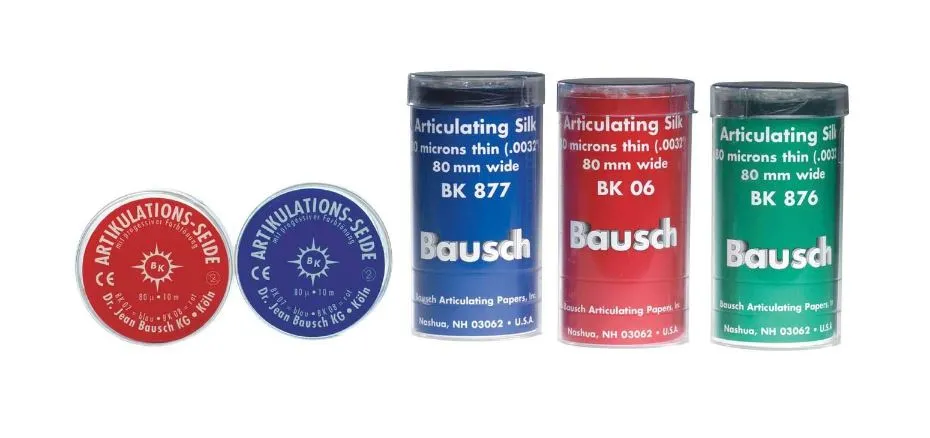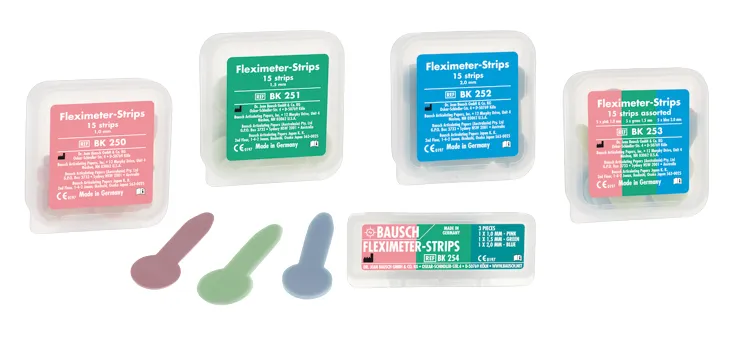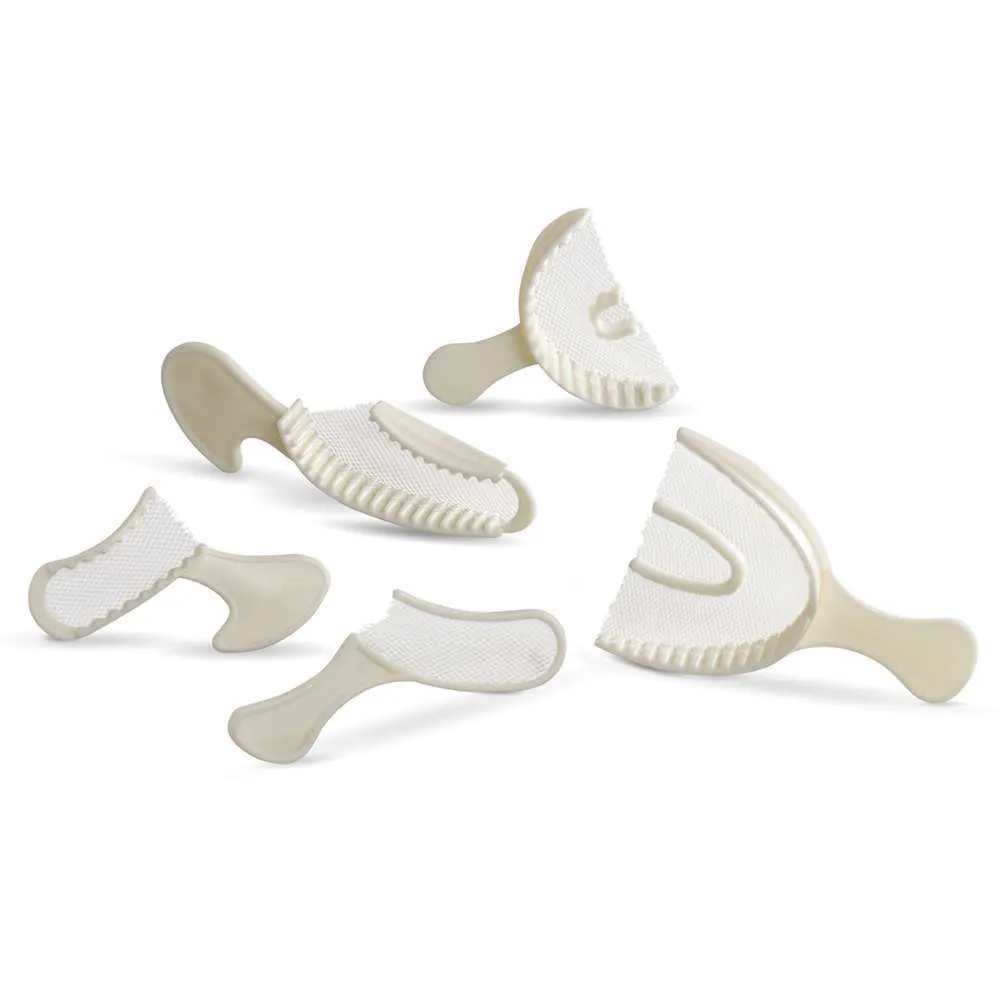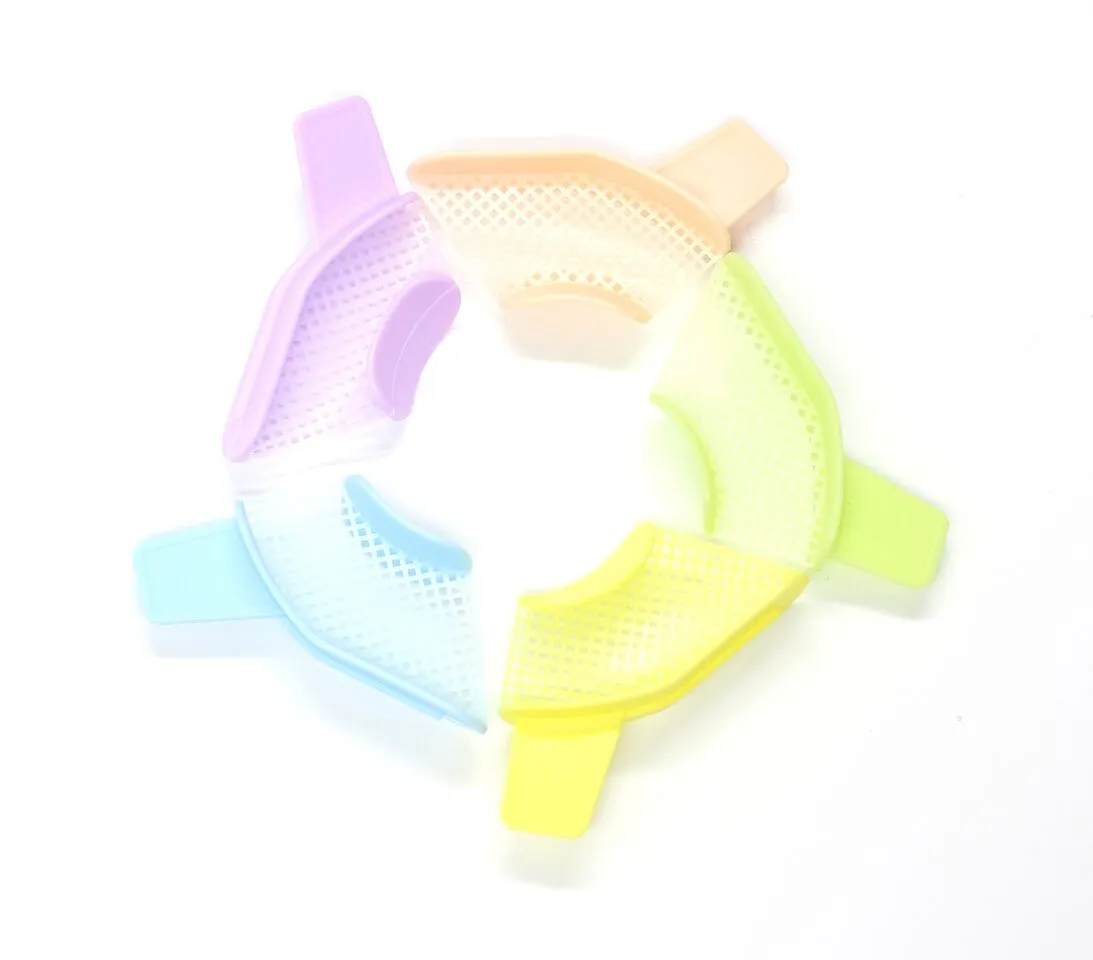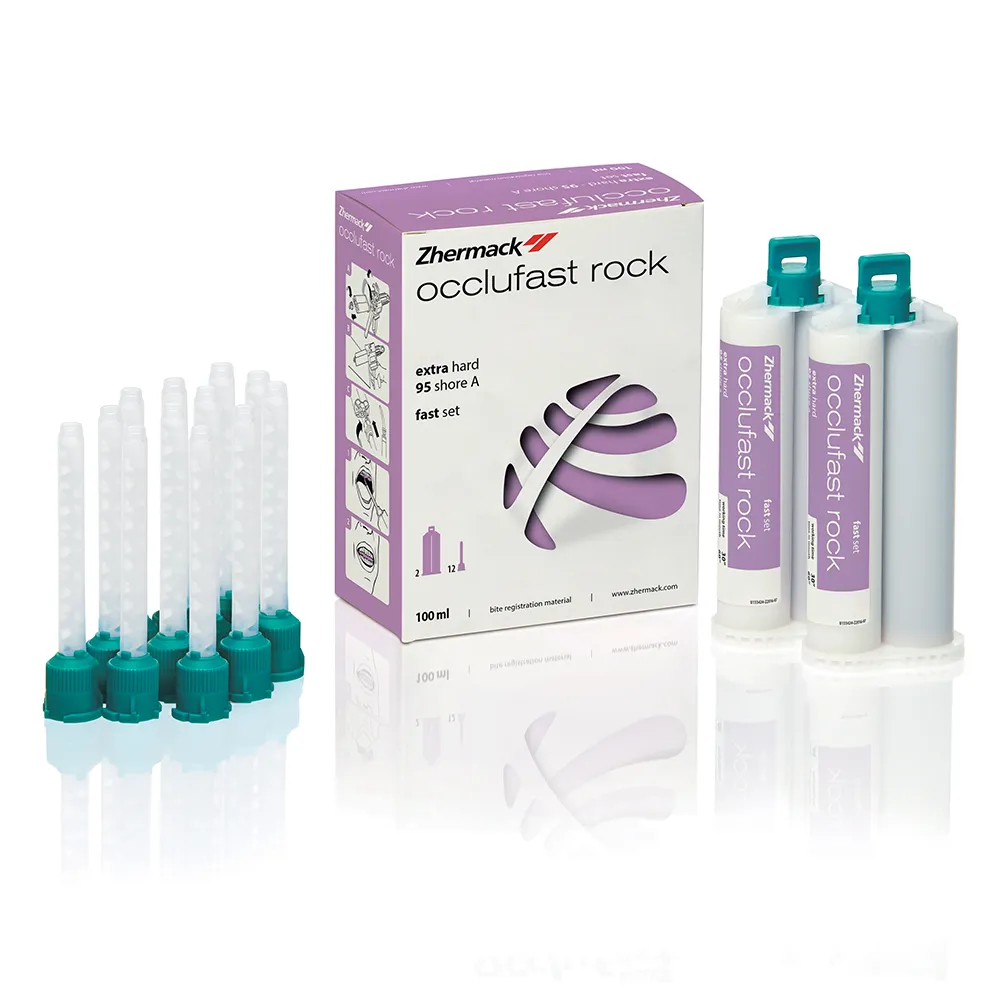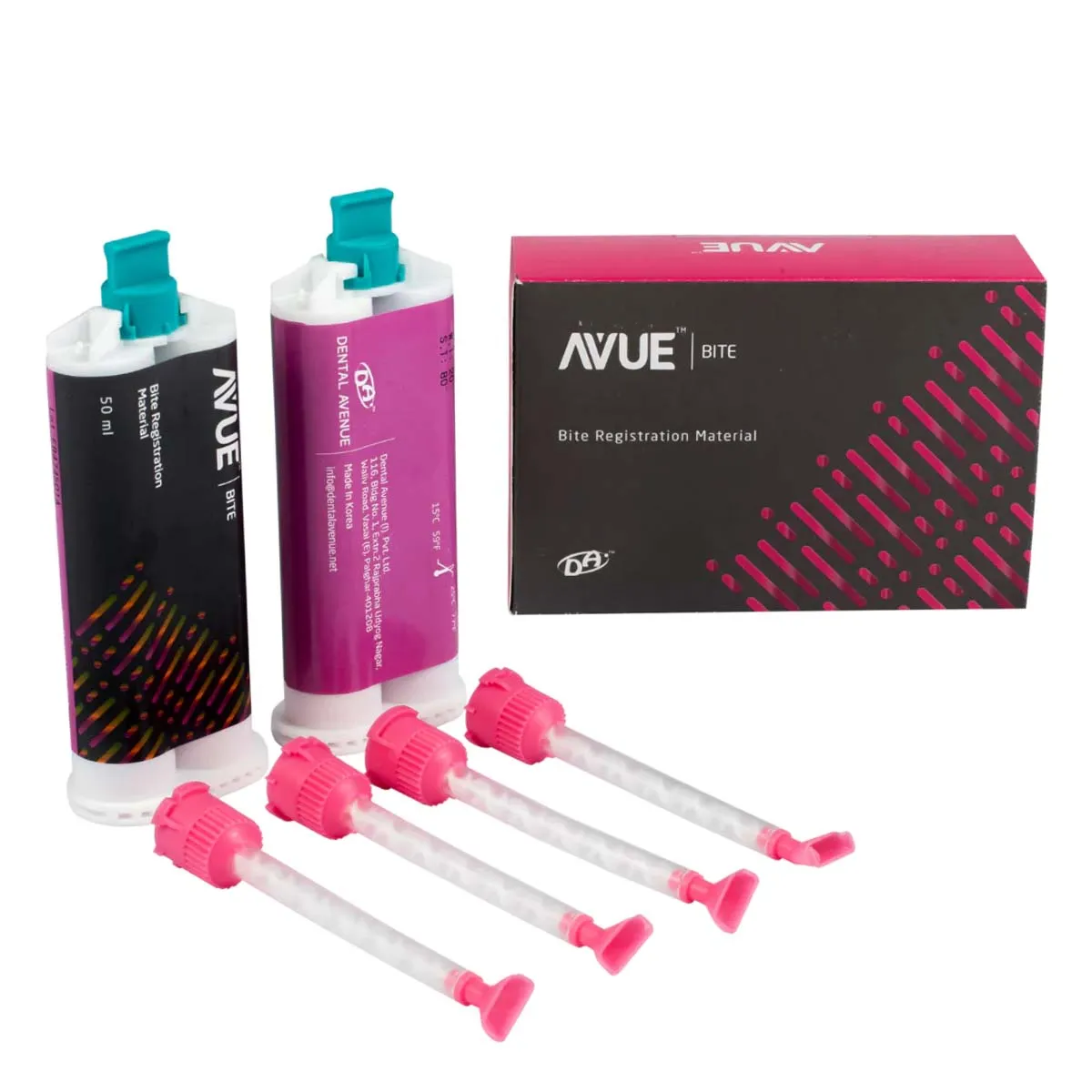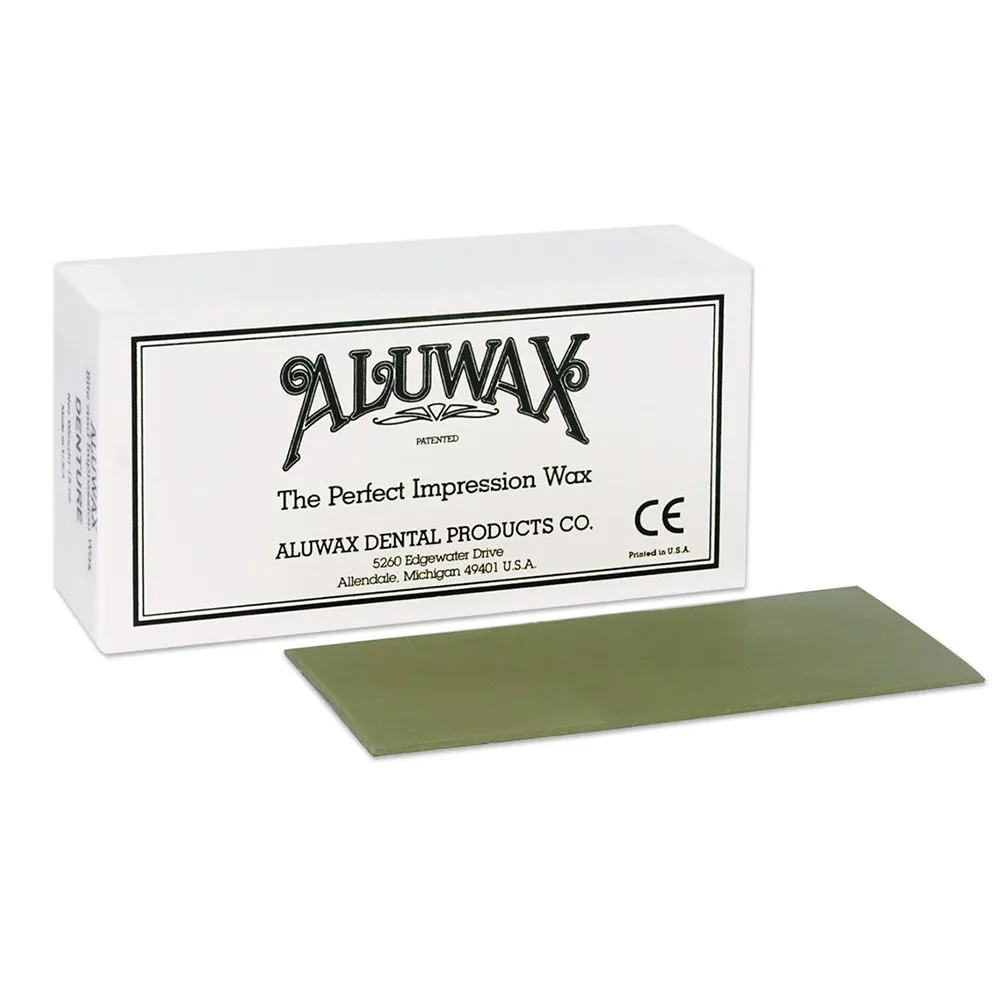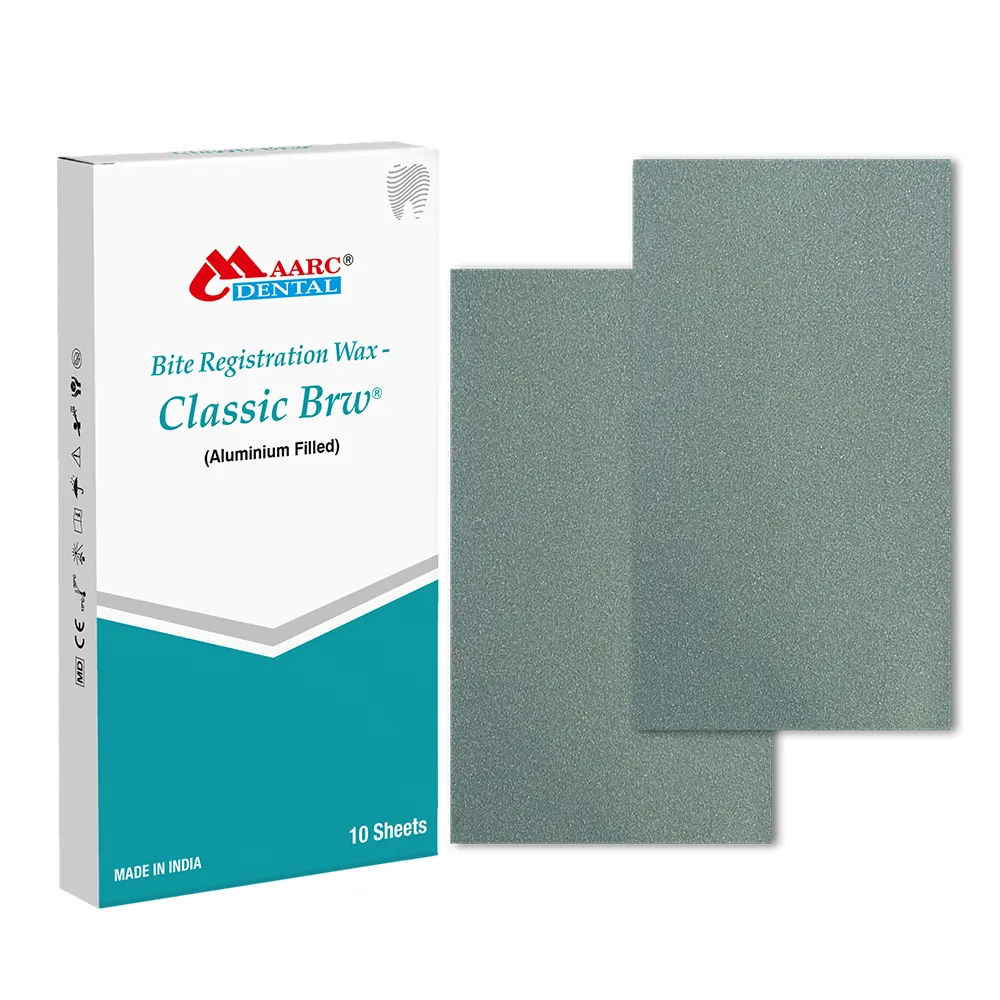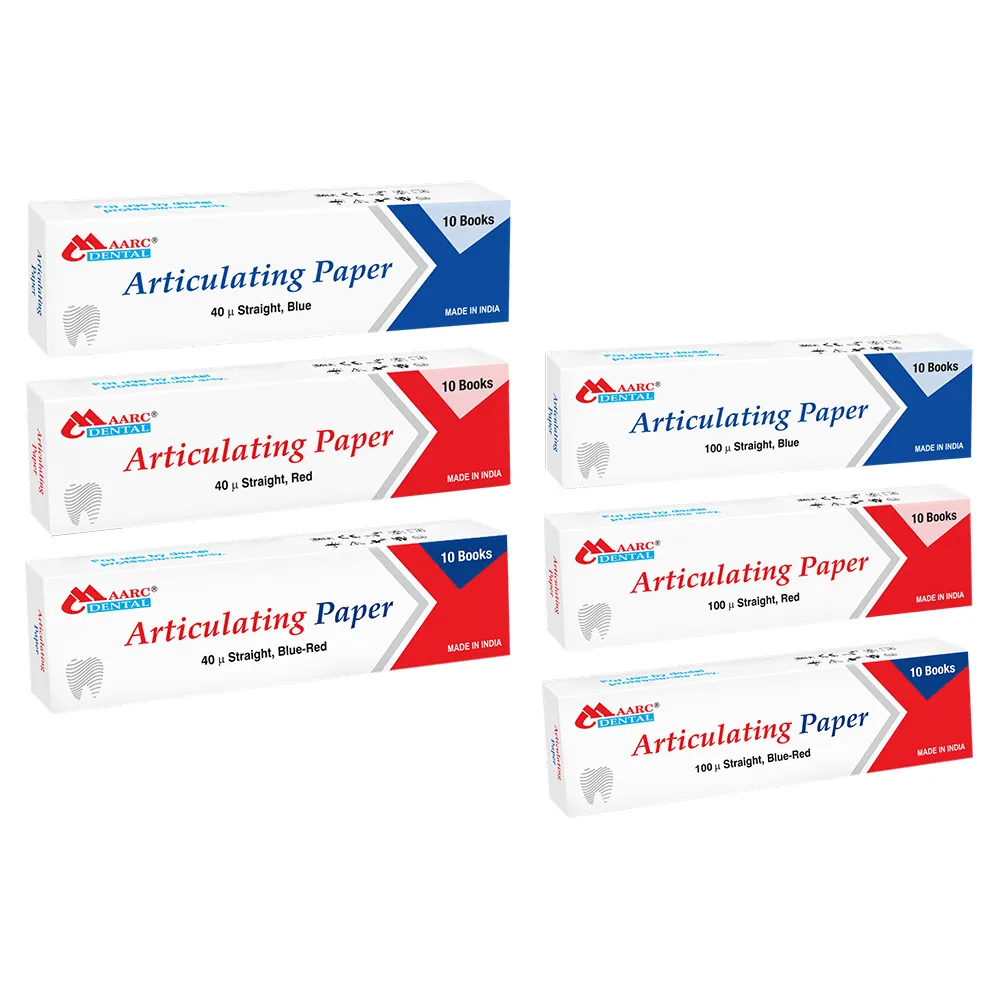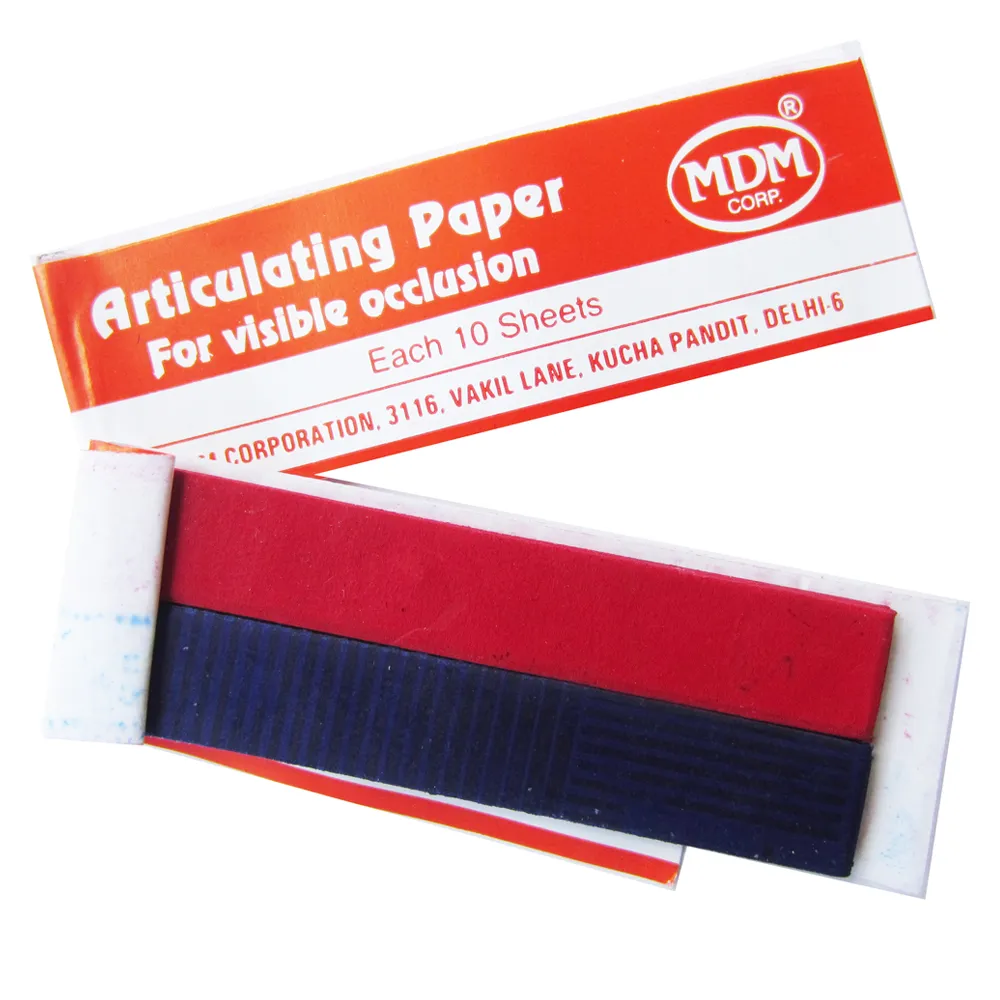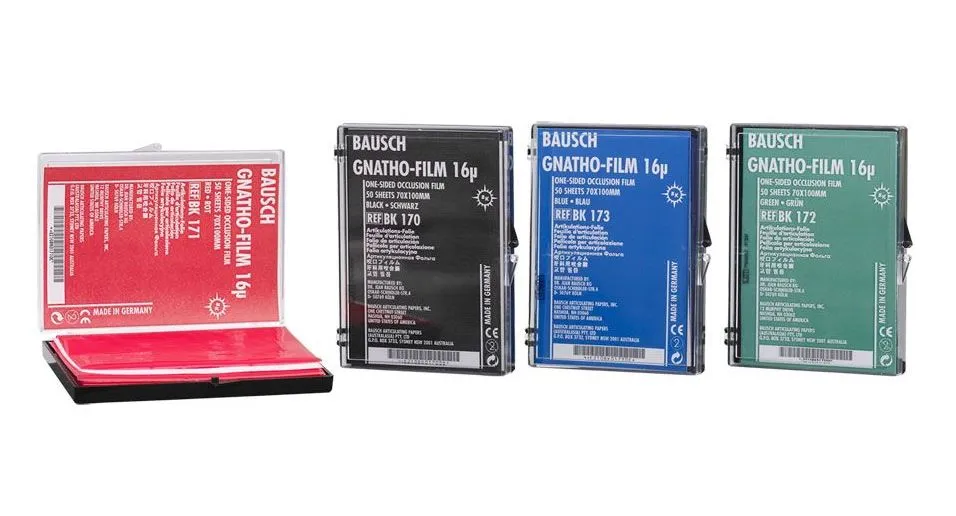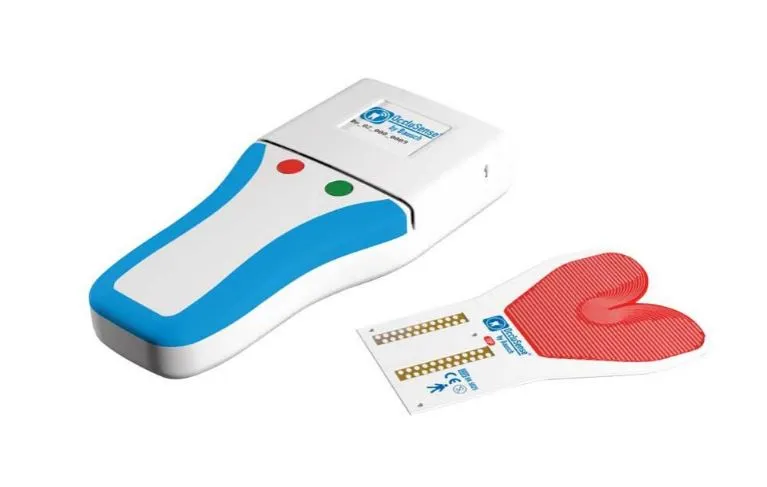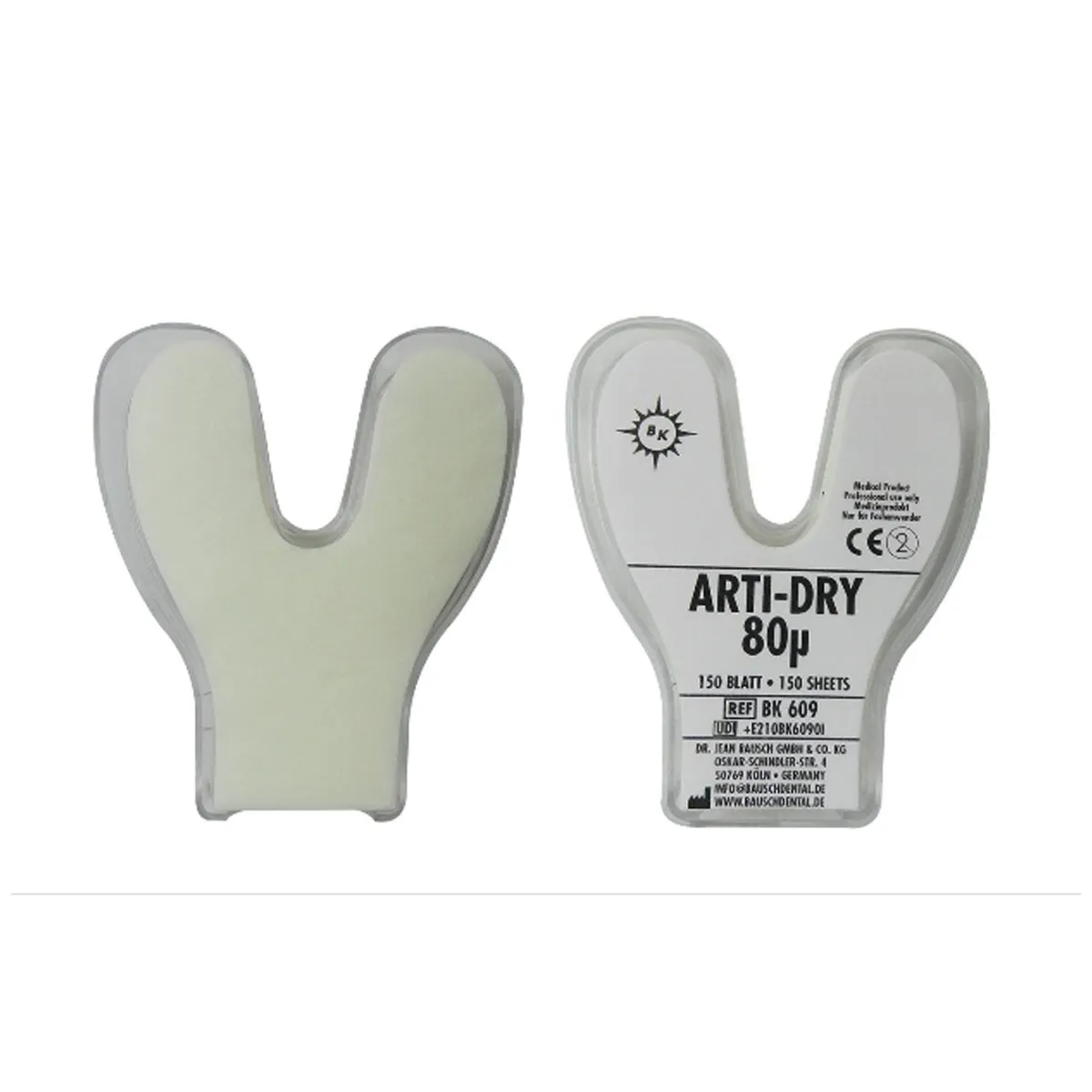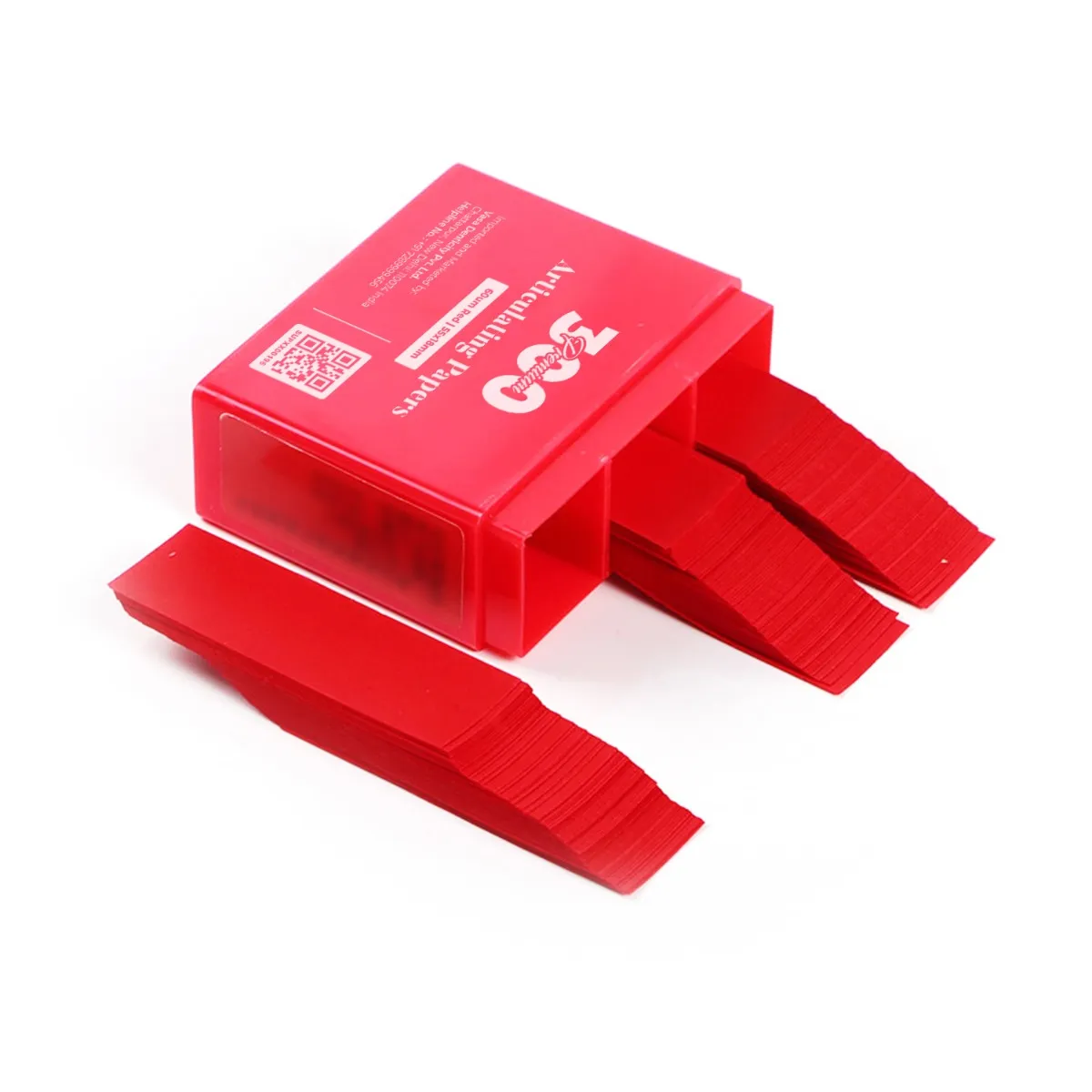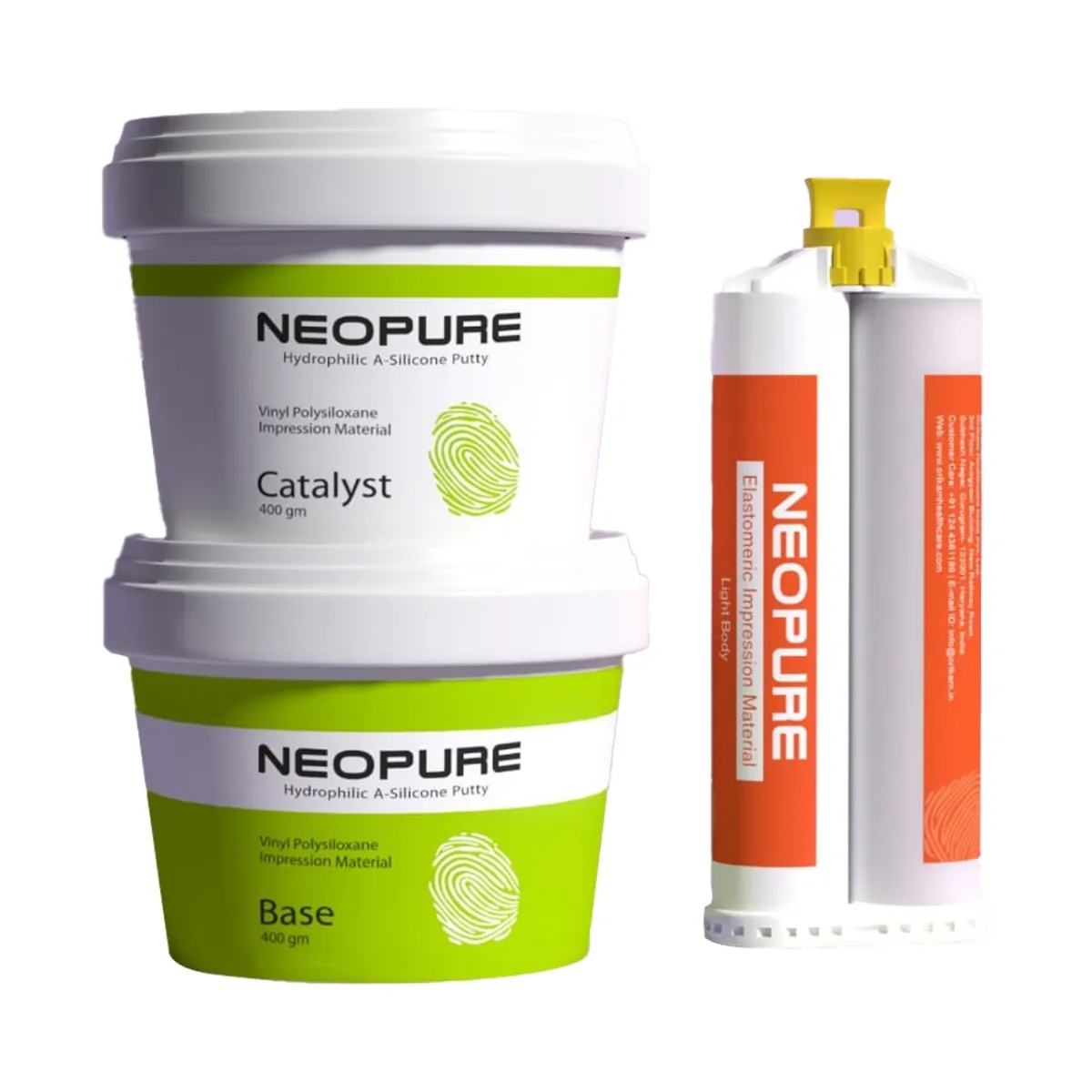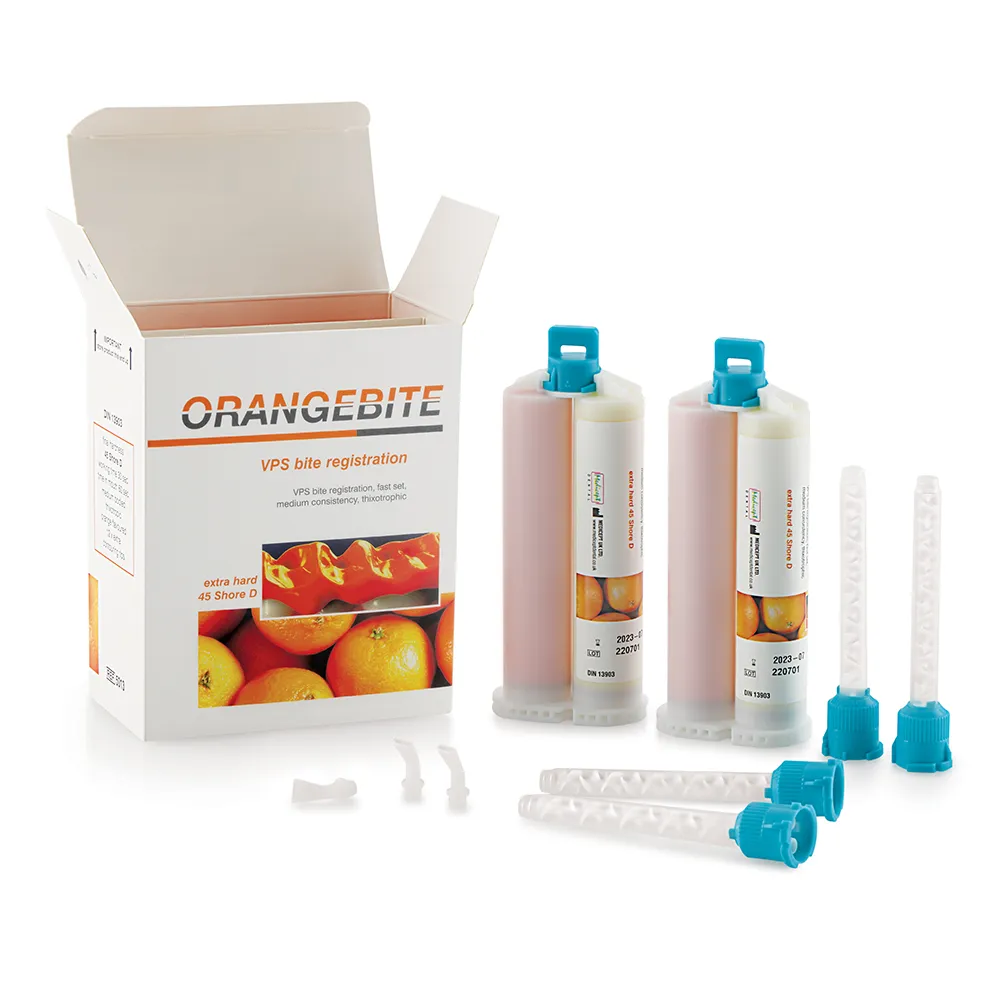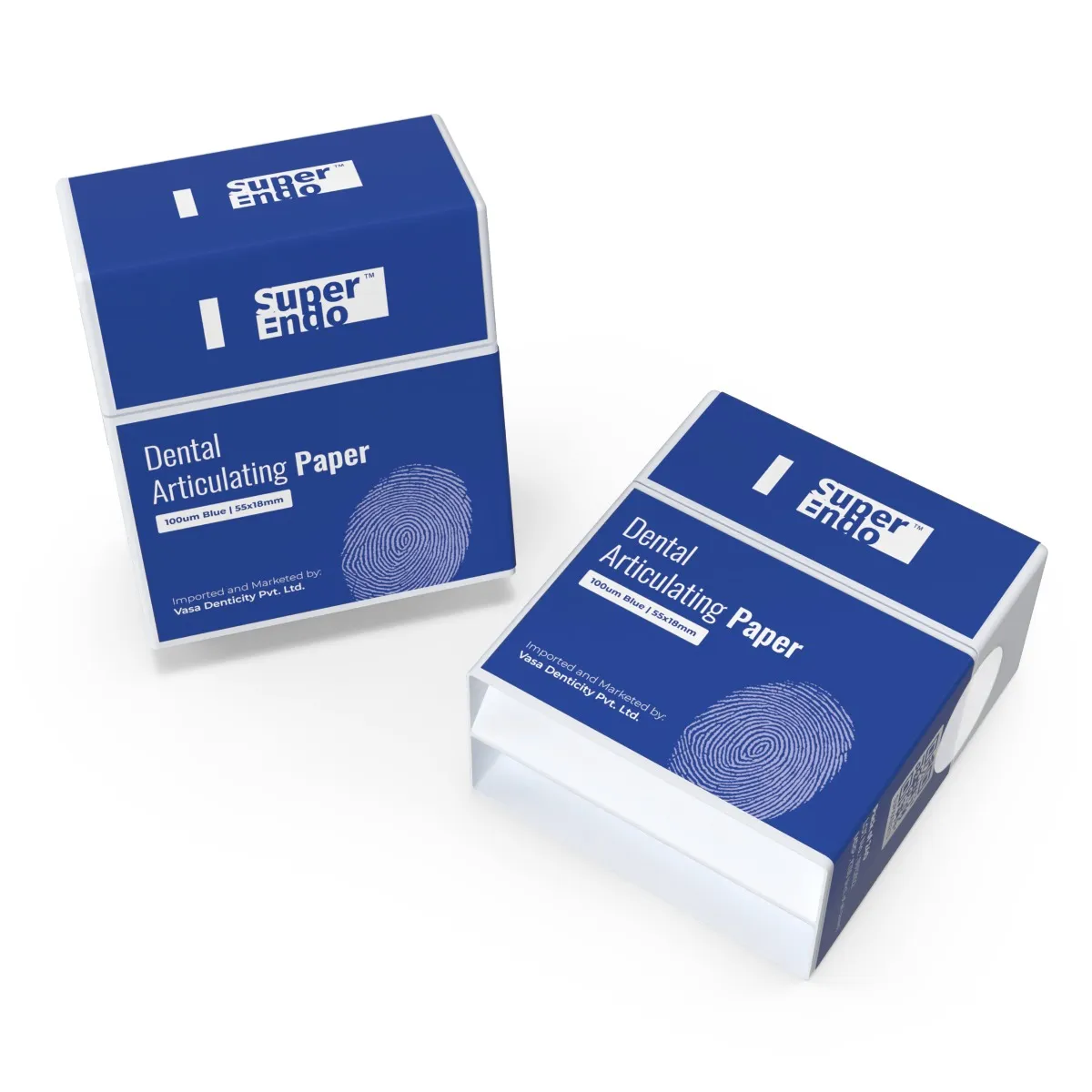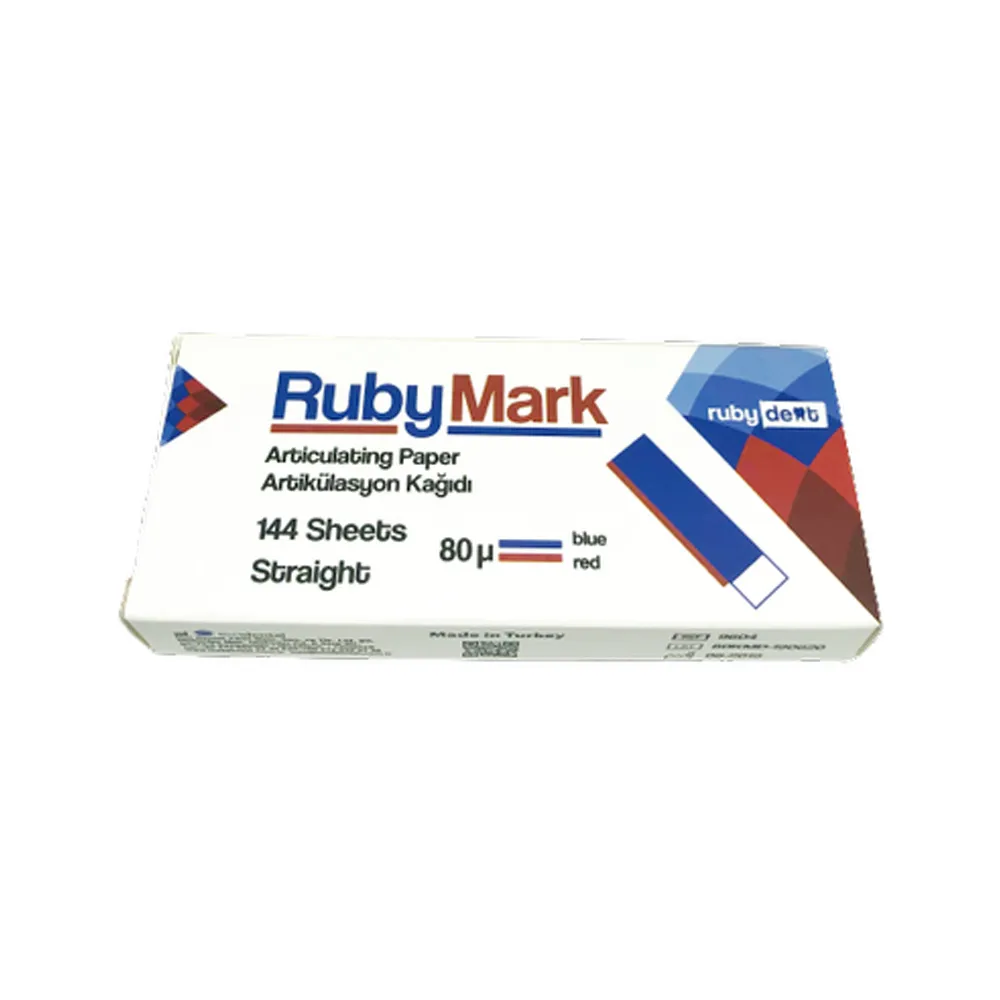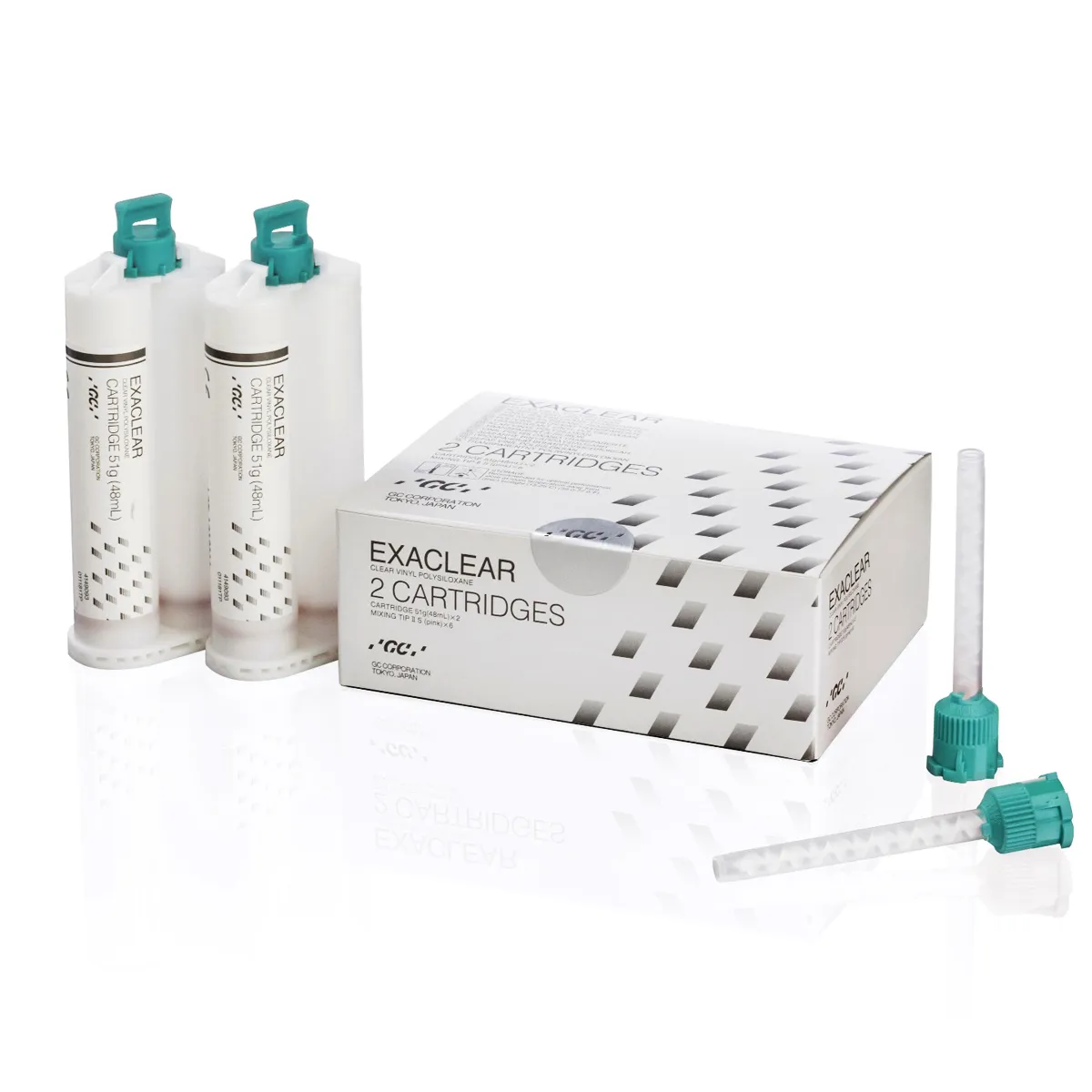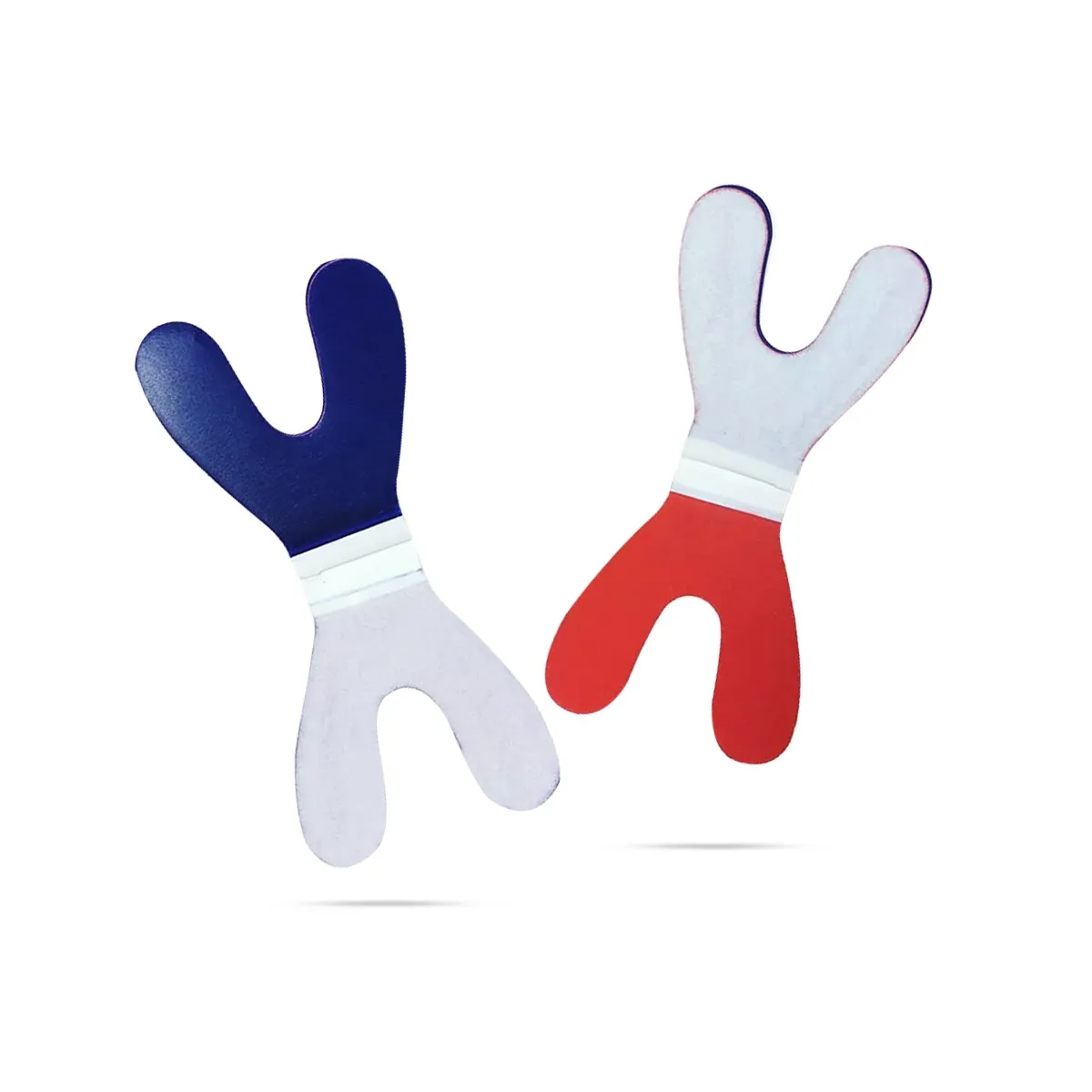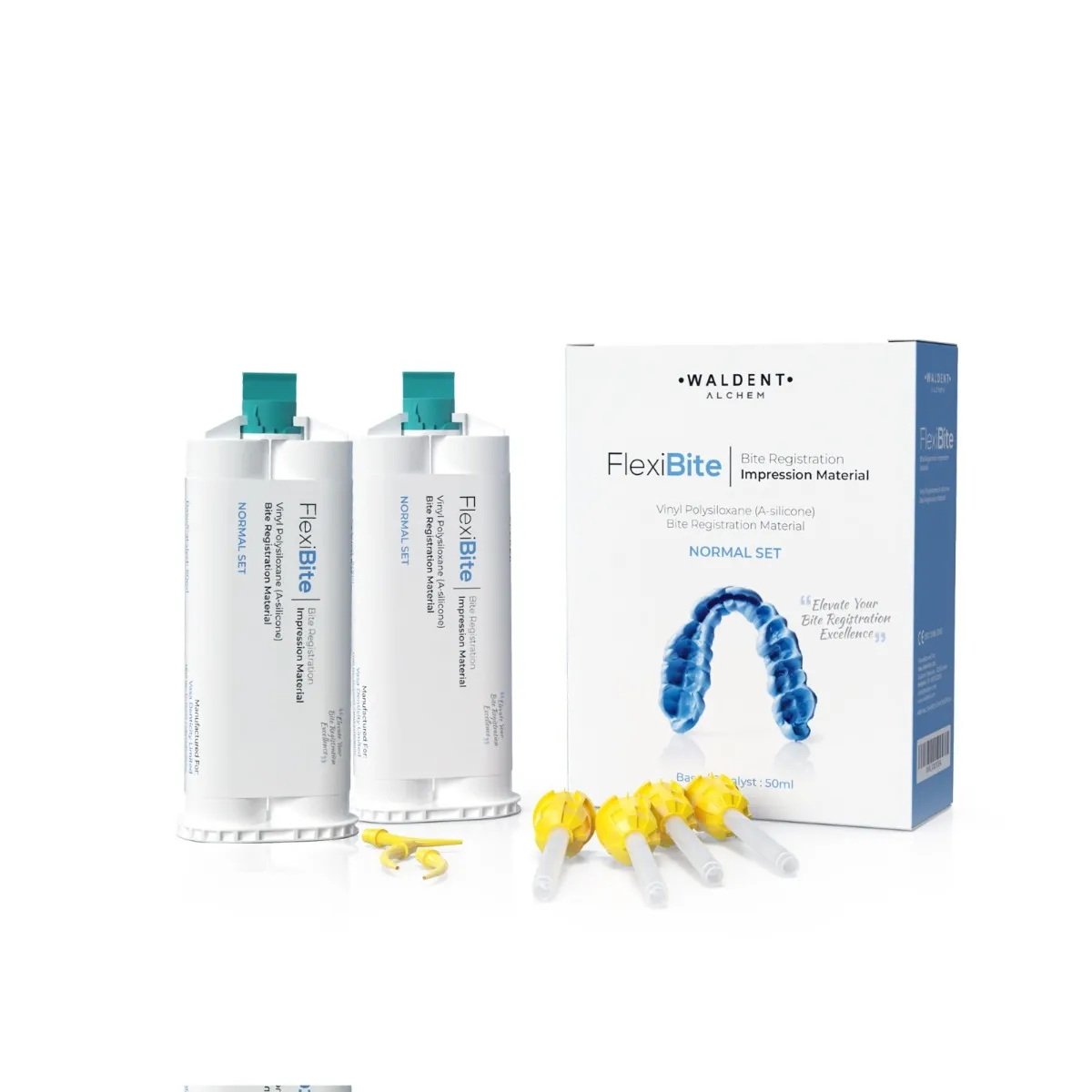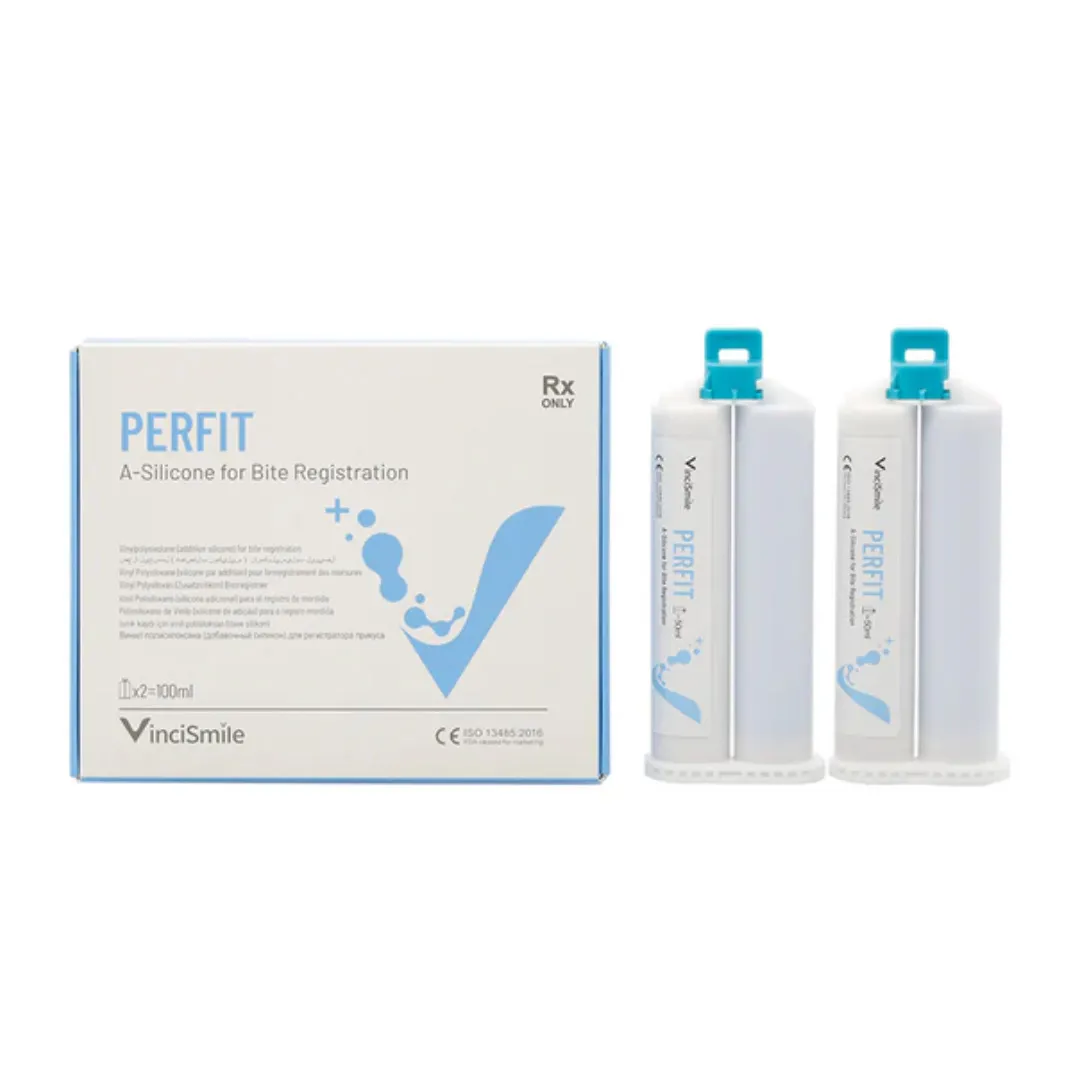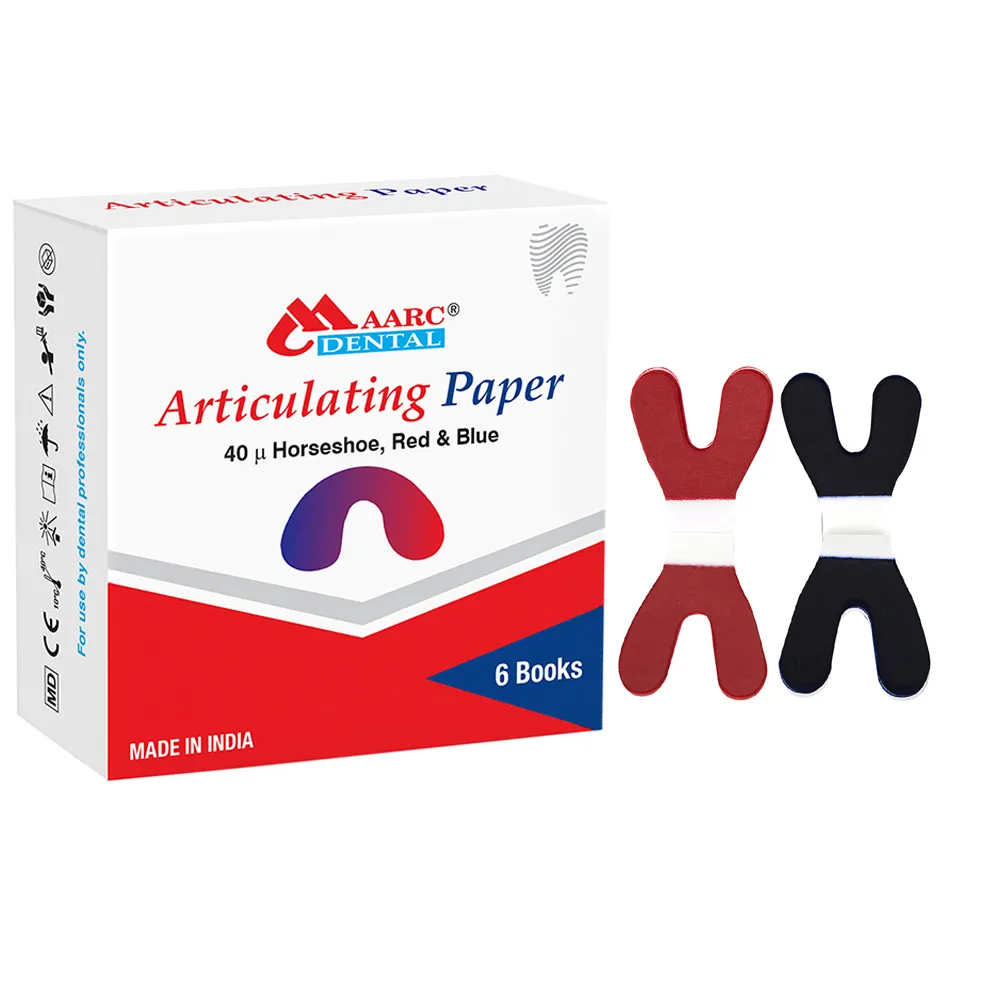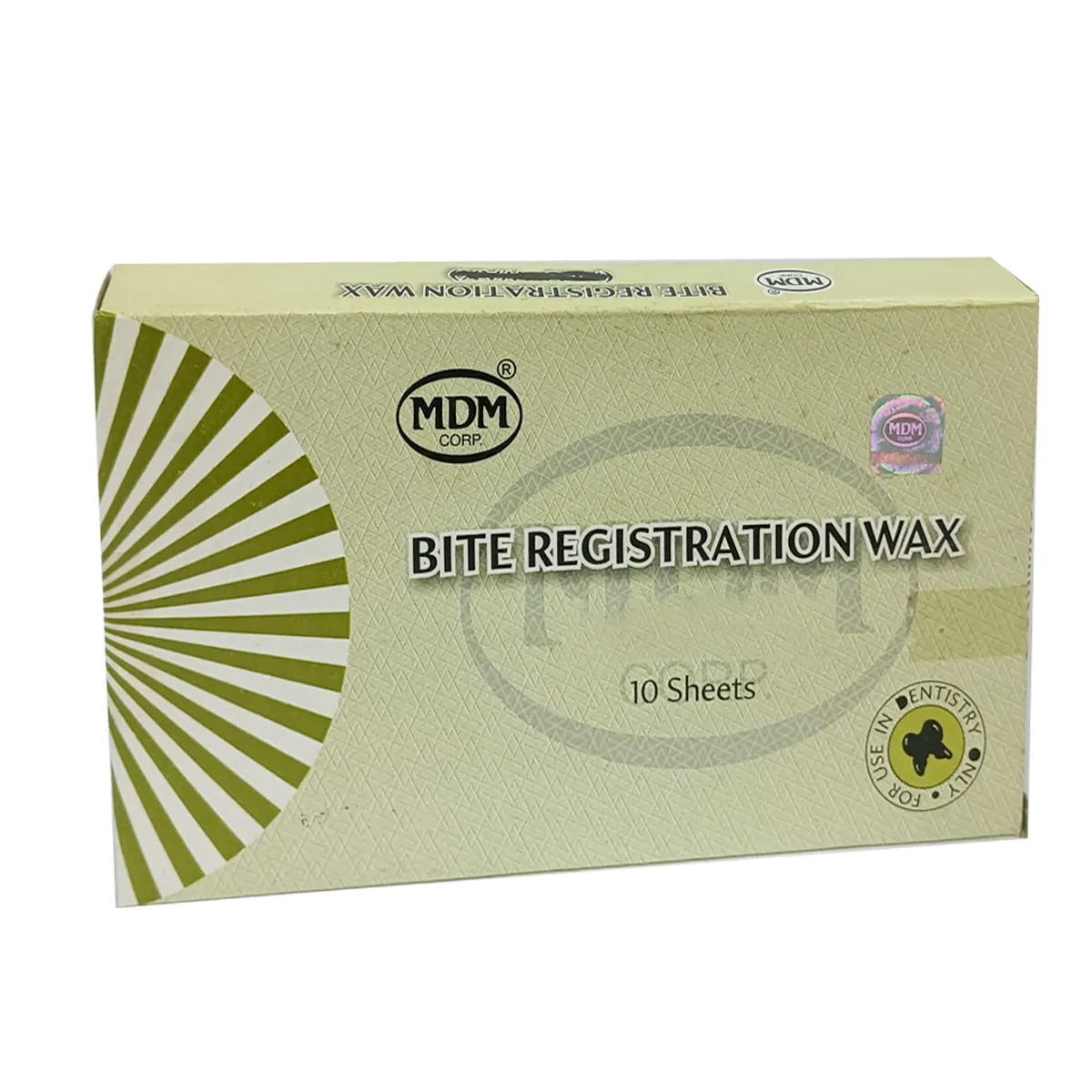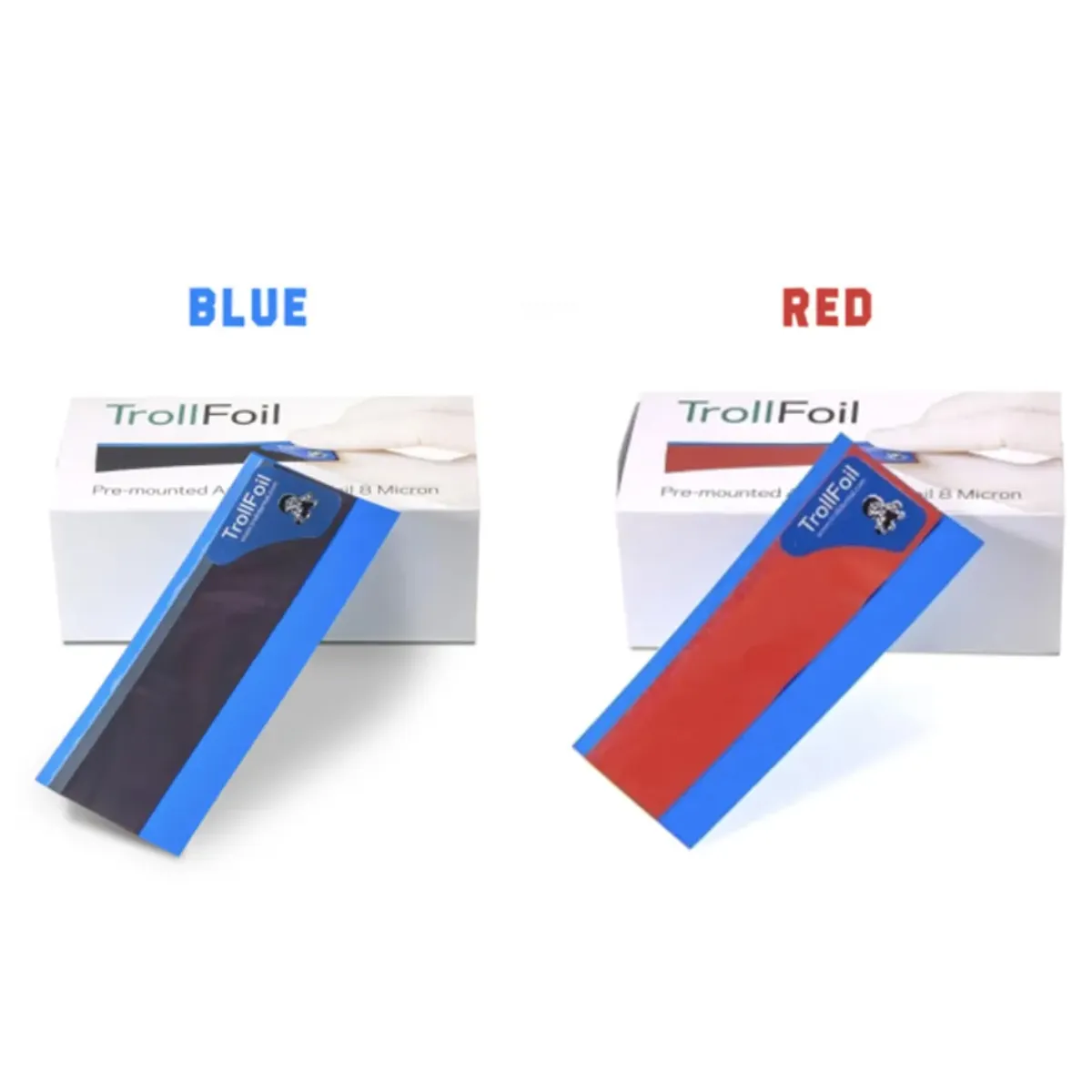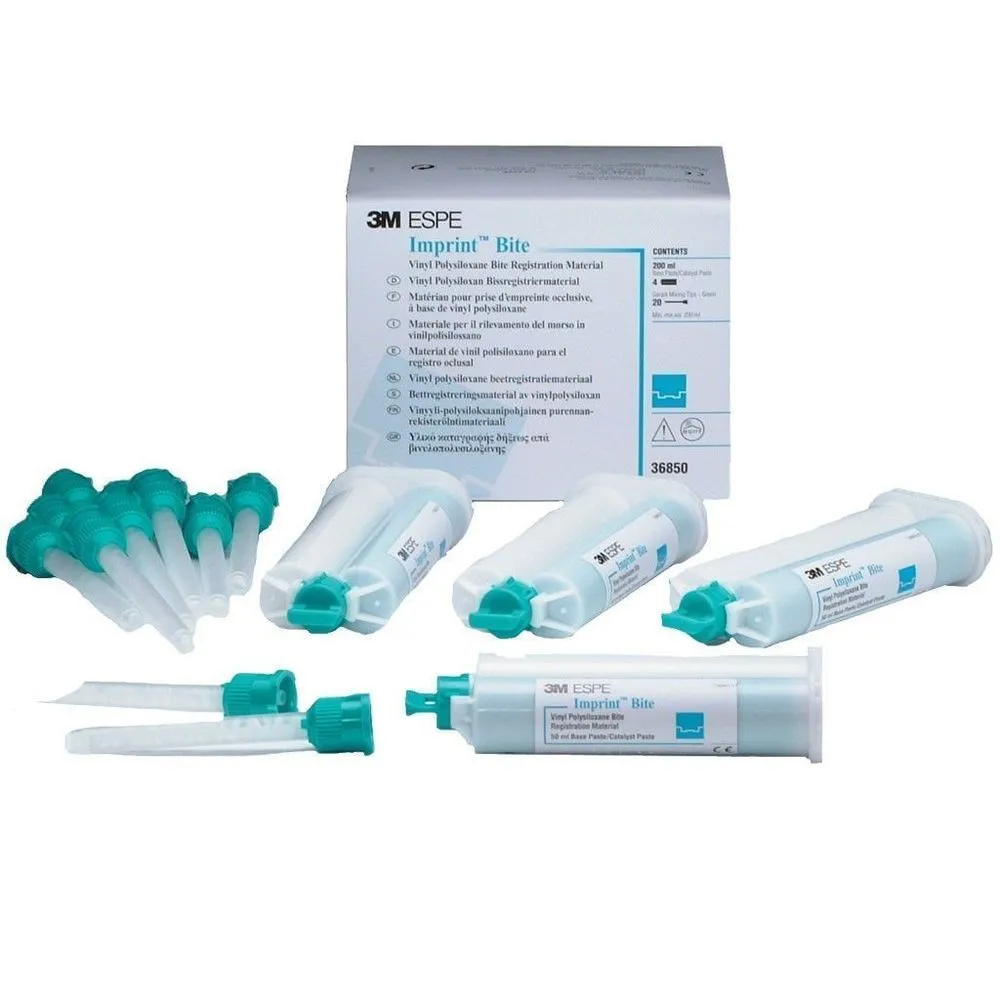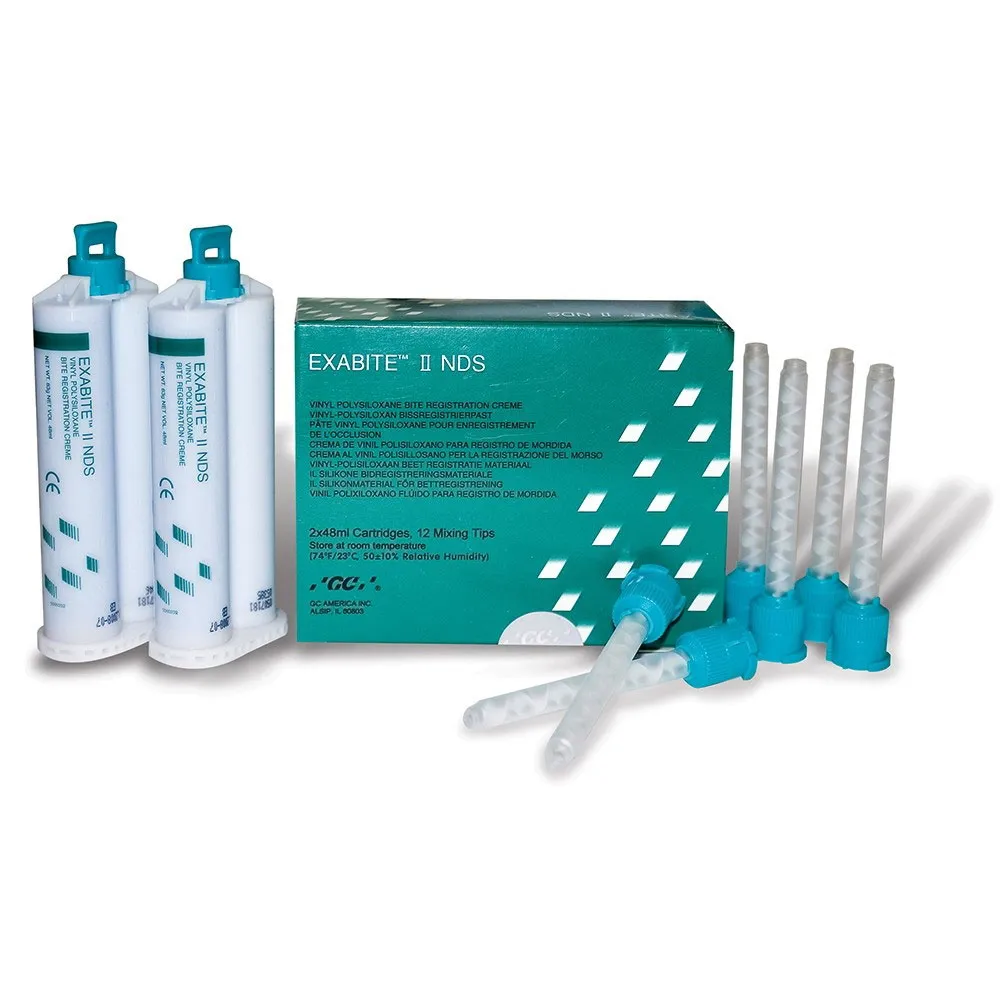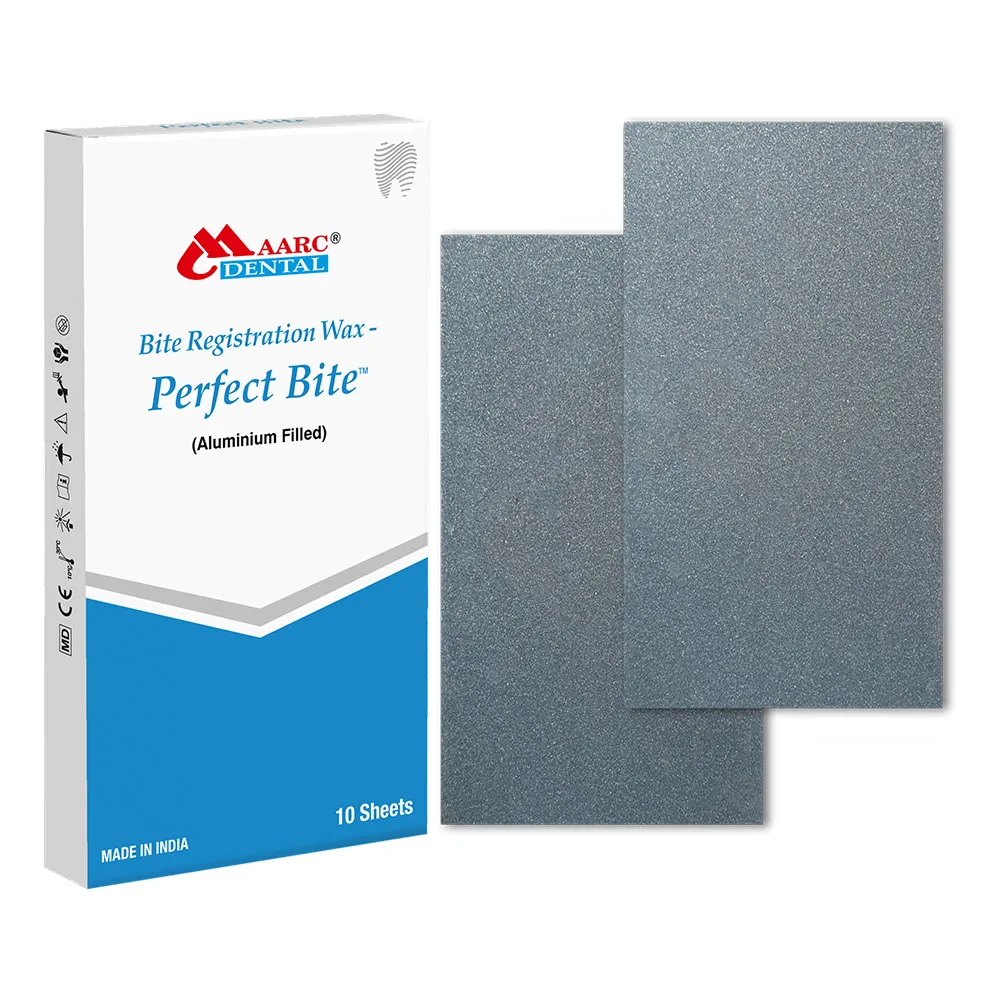Bite registration is a crucial aspect of prosthodontics that involves recording the patient's occlusal relationship or how their upper and lower teeth come together. It plays a pivotal role in the fabrication of various dental prostheses, such as crowns, bridges, and dentures. Accurate bite registration ensures the precise alignment of dental restorations, preventing potential issues like occlusal interferences and discomfort for the patient. It also aids in achieving optimal esthetics and functionality, making it an indispensable step in dental treatment planning.
Types of Bite Registration and Different Materials:
- Bite Registration Wax: Bite registration wax is a traditional material used for recording occlusal relationships. It is moldable at body temperature and provides a temporary record of the patient's bite. It is especially useful for diagnostic purposes and making adjustments before finalizing the treatment plan.
- A-Silicone/VPS-based Bite Registration Material: These materials are based on addition silicone (VPS) technology and offer enhanced accuracy and dimensional stability. They come in various viscosities, enabling dentists to choose materials suitable for their specific clinical needs, such as regular, medium, or heavy body consistencies.
Other Accessories for Taking Bite Registration:
- Articulating Paper: Articulating paper is essential for marking occlusal contacts. It is placed between the upper and lower teeth during bite registration, and the patient is instructed to bite down to create marks on the paper, indicating occlusal contacts and interferences.
- Bite Registration Trays: Specialized bite registration trays help in accurately capturing the patient's occlusal relationship. These trays are designed to maintain the bite registration material in the proper position during impression-taking.
- Other Accessories: Additional accessories like disposable bite registration tips, mixing pads, and spatulas are often used for efficient and hygienic bite registration procedures.
Dentalkart offers a comprehensive category of bite registration products to meet the diverse needs of dental professionals. Dentalkart collaborates with trusted brands like 3M Espe, Avue, Coltene, Cotisen, Detax, DMG, EiTi, GC, Maarc, MDM, and Zhermack, ensuring access to high-quality products that deliver reliable and consistent results. Whether for single restorations or complex full-mouth rehabilitation, Dentalkart's bite registration category provides dental professionals with the tools they need to achieve optimal occlusal harmony and patient satisfaction.
Q: What is the purpose of bite registration?
A: The purpose of bite registration is to record the patient's occlusal relationship accurately. It aids in prosthodontic treatment planning by capturing the position of upper and lower teeth during biting, ensuring precise alignment of dental restorations. Dentalkart offers a wide range of bite registration products, including wax, silicone/VPS-based materials, articulating paper, trays, and accessories for efficient occlusal recording.
Q: How do I record bite registration?
A: Recording a bite registration involves the following steps:
- Preparation: Ensure the patient is comfortable and seated upright. Clear debris from the teeth and ensure any temporary restorations are stable and properly seated.
- Selecting Material: Choose the appropriate bite registration material based on the clinical requirements. Bite registration wax or A-silicone/VPS-based materials are commonly used options.
- Positioning Bite Tray: Place the bite registration material into a bite tray. Ensure the tray is properly sized and positioned to encompass both arches.
- Patient Instructions: Instruct the patient to close their mouth in a comfortable, natural bite, ensuring all teeth are in occlusion. Avoid any lateral or protrusive movements during the recording.
- Recording the Bite: Ask the patient to bite down firmly but gently on the bite tray, making sure the material captures the occlusal relationship accurately.
- Verifying Accuracy: Carefully inspect the recorded bite registration to ensure it accurately reflects the occlusal contacts and interferences.
- Removing the Tray: Once the bite registration has been set, gently remove the bite tray from the patient's mouth.
- Articulating Paper Check: To verify occlusal contacts, have the patient bite on articulating paper to identify any high spots or discrepancies.
- Sending for Laboratory Work: Use the bite registration for prosthodontic planning or fabrication of dental restorations, sending it to the dental laboratory if necessary.
Q: How long does bite registration take?
A: Bite registration usually takes around 5 to 10 minutes.
Q: How can I verify occlusal contacts during bite registration more accurately, especially in cases with extensive fixed implant-supported restorations?
A: Use digital occlusal analysis systems or occlusion-sensing films to verify occlusal contacts more accurately. These technologies provide detailed information on force distribution, enabling fine-tuning of occlusion and ensuring stable and balanced contacts in fixed implant-supported restorations.
Q: Are there advanced techniques, like computerized mandibular motion analysis, that can aid in achieving optimal occlusal recordings for complex rehabilitation cases?
A: Computerized mandibular motion analysis provides detailed data on mandibular movements, aiding in the evaluation of functional occlusion. Integrating this technology with bite registration helps achieve precise occlusal recordings, guiding treatment planning for complex rehabilitation cases.
Q: Can I combine digital bite registration with virtual articulation for more accurate and efficient prosthodontic planning?
A: Yes, utilizing digital bite registration through intraoral scanners and incorporating virtual articulation software enables more precise occlusal analysis. It enhances efficiency and allows dynamic evaluation of occlusion, aiding in comprehensive treatment planning for predictable prosthodontic outcomes.
Q: Are there specialized techniques to accurately record occlusion for patients with Temporomandibular Joint Disorder (TMD)?
A: Recording occlusion for TMD patients demands careful evaluation. Utilize splints or occlusal appliances to stabilize the temporomandibular joint during bite registration. Techniques like Lucia jig or leaf gauge can accurately capture the bite registration. Addressing TMD-related concerns before occlusal recordings help alleviate symptoms and ensure accurate results.








